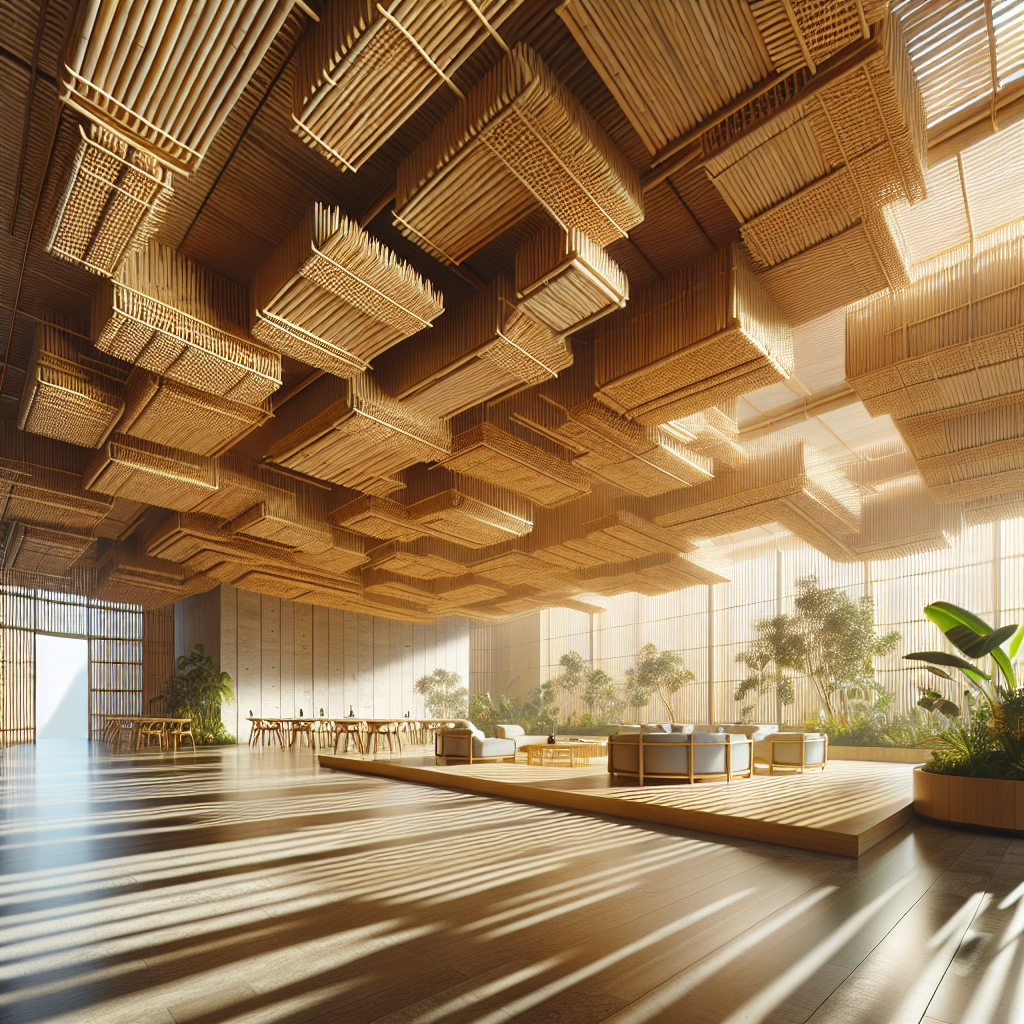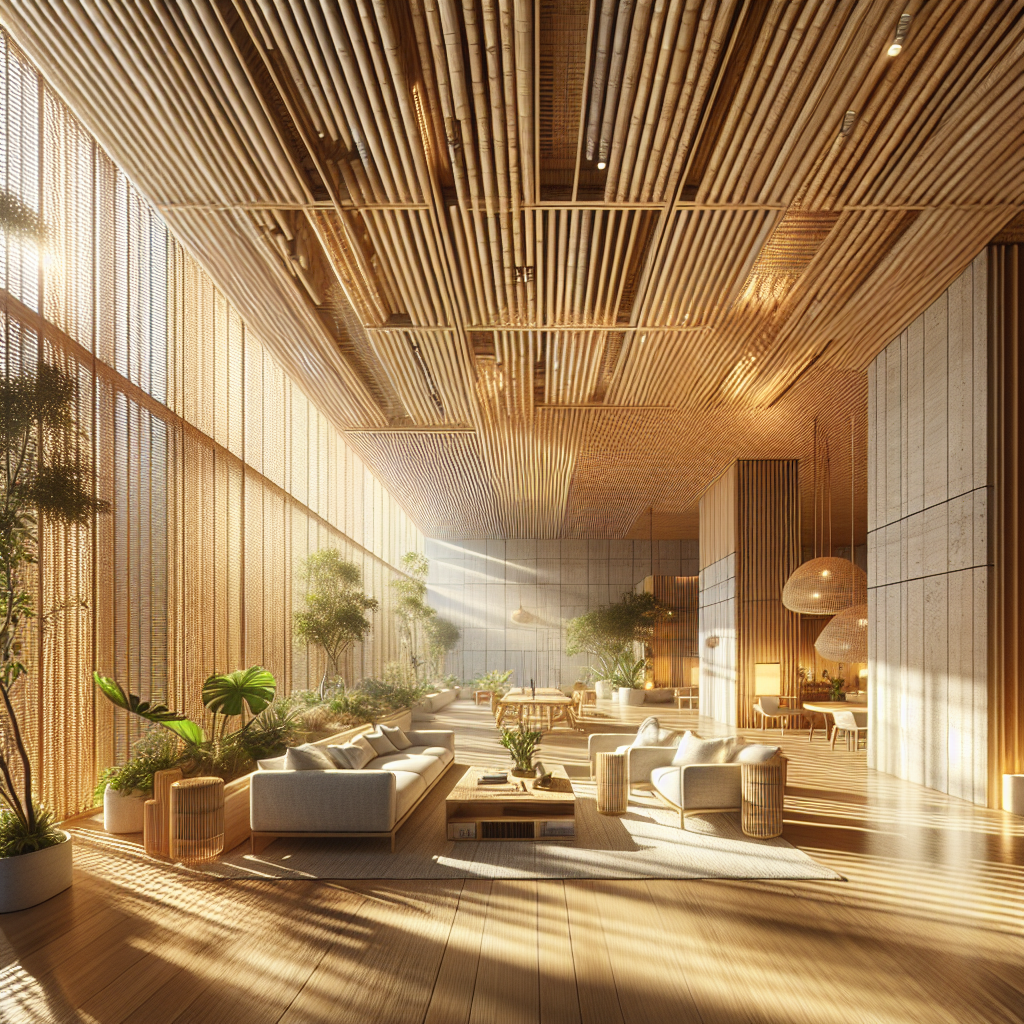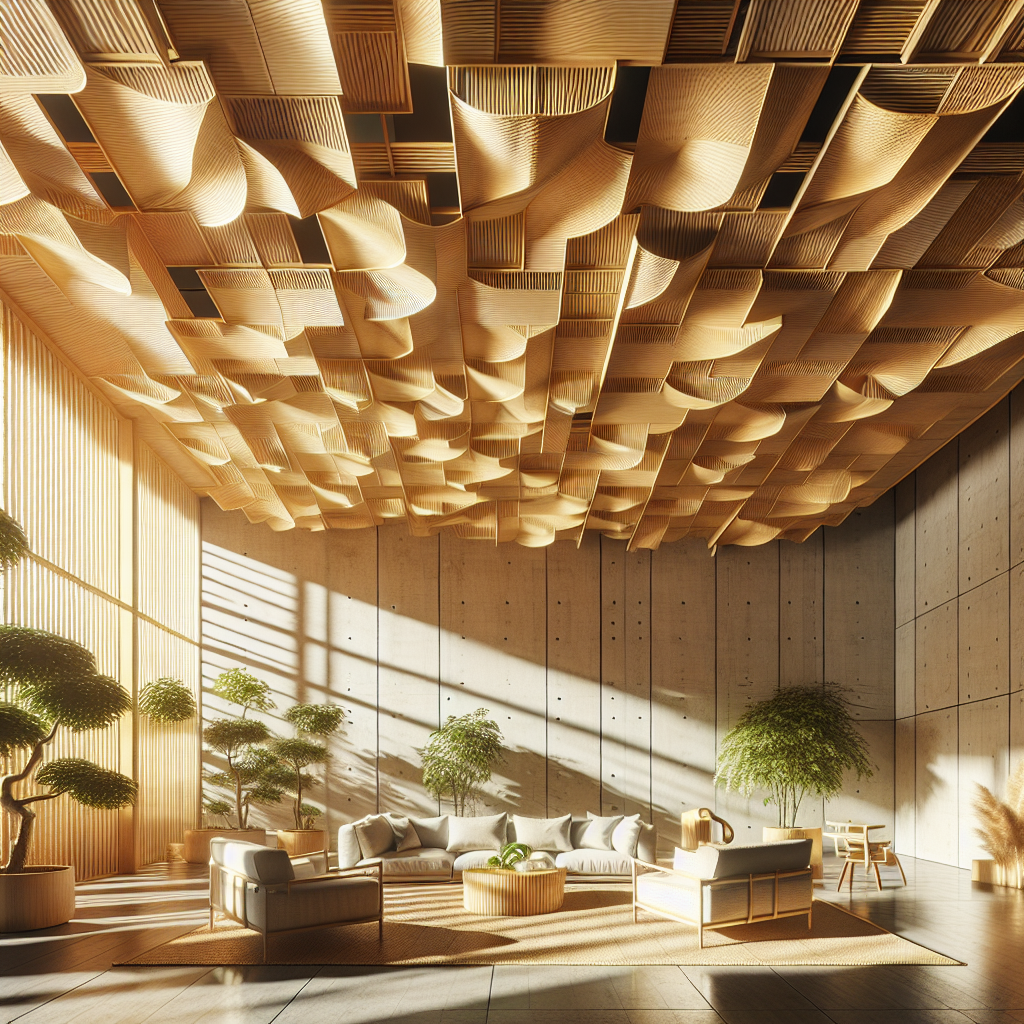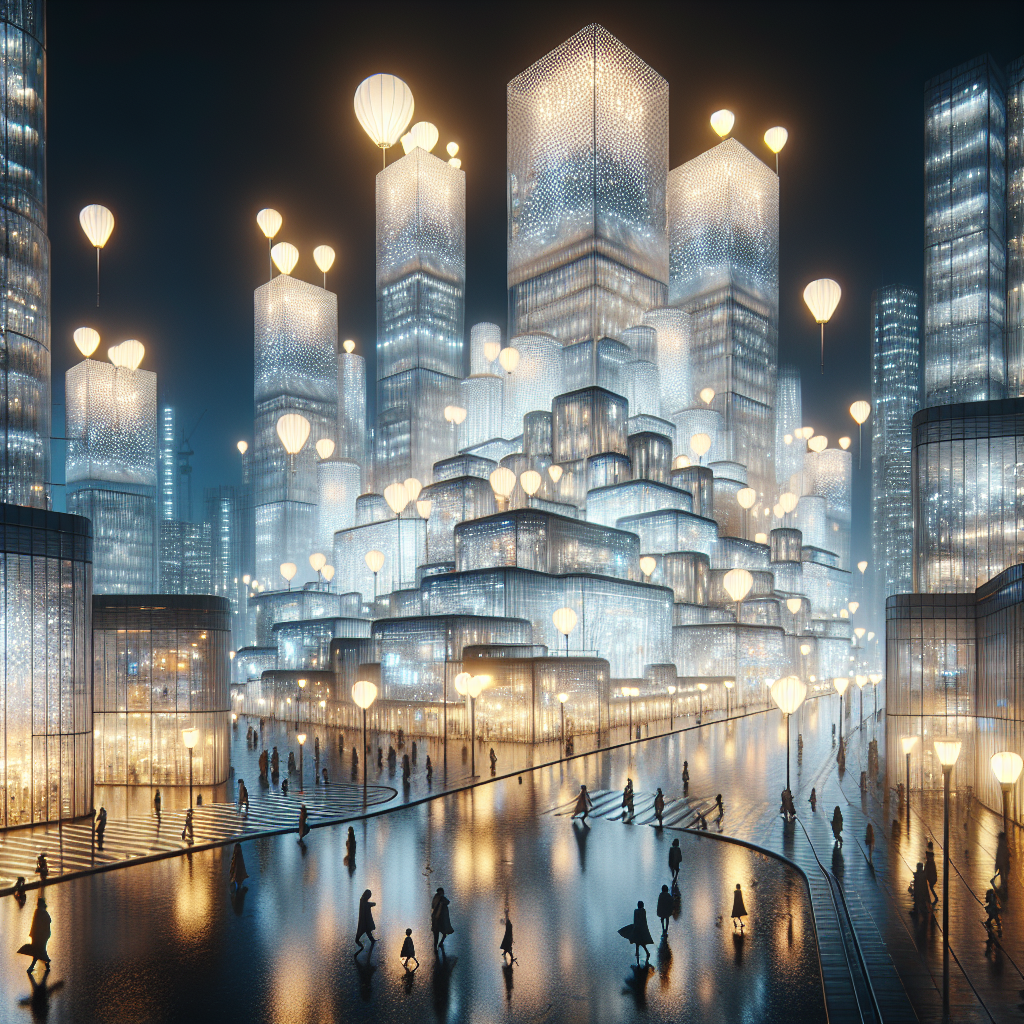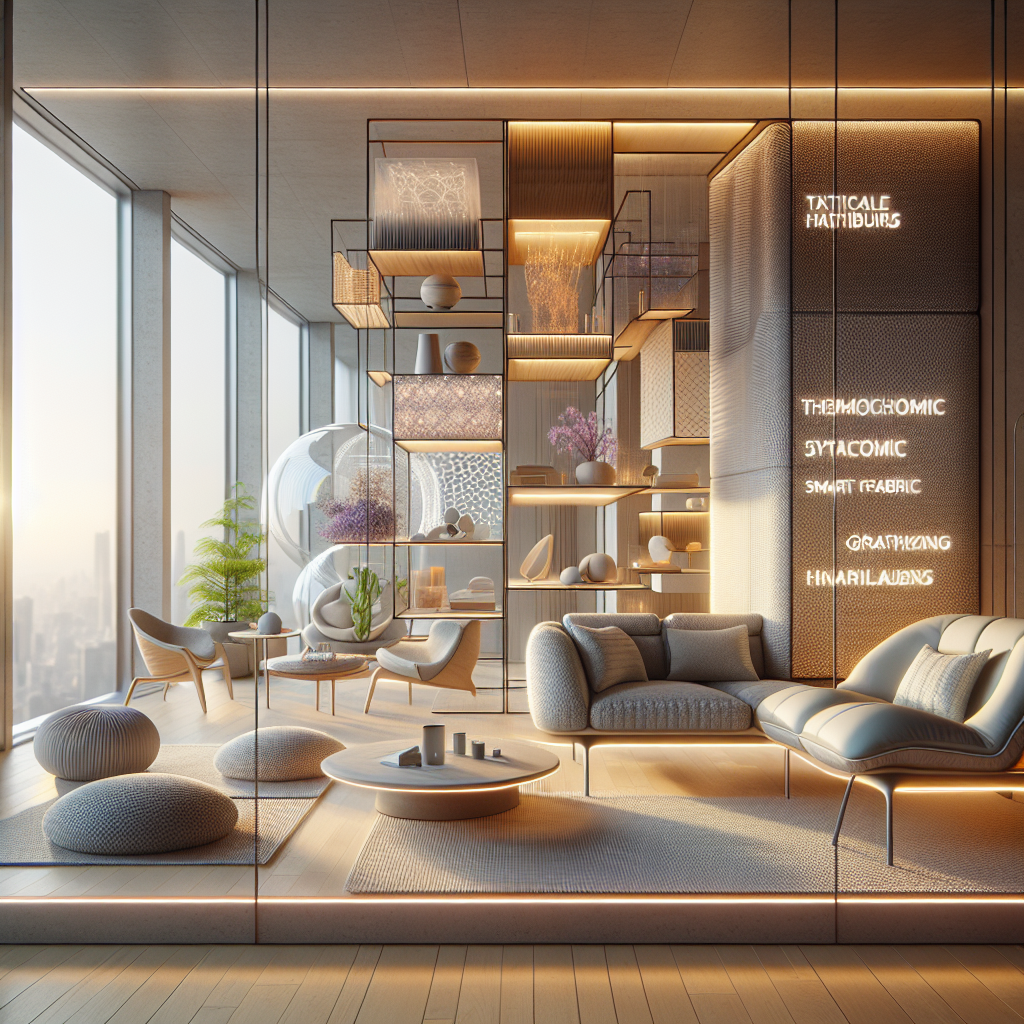Bamboo ceilings with pivot hinges: controlling light diffusion and air flow

Bamboo Ceilings with Pivot Hinges: Controlling Light Diffusion and Air Flow
In the evolving dialogue between sustainability and spatial performance, bamboo ceilings with pivot hinges have emerged as a compelling architectural innovation. They merge material intelligence with mechanical precision, offering architects and designers a way to choreograph light and air in real time. This synthesis of natural texture and engineered movement signals a broader shift toward responsive architecture—spaces that breathe, adapt, and communicate with their environment.
The Material Intelligence of Bamboo
Bamboo has long been celebrated for its strength-to-weight ratio, rapid renewability, and warm tactile presence. According to the Wikipedia entry on bamboo, the plant can grow up to a meter per day, making it one of the most sustainable building materials available. Its tensile strength rivals that of steel, while its flexibility allows it to perform gracefully under stress.
Architects are increasingly drawn to bamboo not only for its ecological credentials but also for its aesthetic and acoustic properties. When used in ceiling systems, its natural grain and subtle sheen diffuse light in a way that feels organic and serene. The material’s porous structure also enhances sound absorption, contributing to the growing demand for acoustic comfort in interior design.
Pivot Hinges: Engineering Movement and Control
The integration of pivot hinges transforms bamboo panels from static surfaces into dynamic architectural elements. Unlike traditional hinges that rely on edge-mounted mechanisms, pivot hinges are anchored at a central axis—allowing panels to rotate smoothly and silently. This subtle mechanical intervention gives designers the ability to modulate both light diffusion and air flow with remarkable precision.
When arranged in a grid across a ceiling, pivoting bamboo panels can tilt to various angles, filtering sunlight like the fronds of a palm canopy. The result is a kinetic ceiling that shifts throughout the day, responding to solar orientation, temperature, and occupancy. This concept aligns with the growing movement toward responsive architecture, where building envelopes and interiors adapt dynamically to environmental conditions.
Light Diffusion: A Living Canopy of Shadows
The visual poetry of bamboo ceilings lies in their ability to sculpt light. When sunlight passes through angled slats, it creates a dappled pattern reminiscent of forest shade—an effect deeply rooted in biophilic design principles. Research on biophilic design suggests that such natural light patterns can reduce stress and enhance cognitive performance.
Designers are experimenting with panel densities, slat widths, and finishes to fine-tune light quality. In tropical resorts, pivoting bamboo panels are often treated with natural oils to deepen their amber tone, producing a warm, honeyed glow. In minimalist urban interiors, untreated bamboo retains its pale, matte finish, creating a soft diffusion ideal for workspaces or galleries. The interplay of shadow and reflection transforms ceilings into living canvases that evolve with the sun’s trajectory.
Air Flow and Thermal Regulation
Beyond aesthetics, bamboo ceilings with pivot hinges serve a crucial environmental function: passive ventilation. By adjusting the angle of the panels, occupants can direct airflow, promoting natural cooling and reducing reliance on mechanical systems. This principle echoes ancient desert architecture strategies explored in Lessons from Ancient Desert Architecture, where spatial porosity and shading were key to thermal comfort.
In humid climates, pivoting panels can be partially opened to release trapped heat, while in cooler seasons, they can be closed to retain warmth. When integrated with smart sensors, these systems can automatically adjust based on temperature and humidity levels—turning ceilings into responsive climate moderators. This approach aligns with the broader pursuit of net-zero energy building design, where passive systems play a central role in reducing carbon footprints.
Case Studies: From Vernacular Roots to Contemporary Refinement
In Southeast Asia, bamboo has been used for centuries in vernacular architecture to manage tropical climates. The contemporary reinterpretation of these traditions is exemplified by projects such as the Green School in Bali, where bamboo trusses and louvered ceilings create a naturally ventilated learning environment. Similarly, boutique hotels in Vietnam and Thailand have adopted pivoting bamboo panels to blend open-air living with refined craftsmanship.
In Europe, designers are incorporating bamboo ceilings into urban contexts, pairing them with glass and steel frameworks. The contrast between organic material and industrial precision creates a compelling dialogue—softening the rigidity of modernist interiors. In one London workspace, architects installed a grid of pivoting bamboo fins above a co-working area, allowing users to adjust light levels individually. The result is a space that feels both tactile and technologically attuned.
Craftsmanship and Sustainability
The fabrication of bamboo ceilings demands a high level of craftsmanship. Each panel must be carefully laminated, treated, and balanced to ensure smooth rotation. Artisans often collaborate with engineers to design custom pivot mechanisms that accommodate the natural expansion and contraction of bamboo. This marriage of handcraft and technology reflects a broader trend toward craftsmanship-driven innovation in contemporary design.
From a sustainability perspective, bamboo’s low embodied energy and carbon sequestration capacity make it an exemplary material for eco-conscious projects. When combined with modular pivot systems, the entire ceiling assembly can be disassembled and reused—aligning with circular economy principles and reducing construction waste.
Designing for Experience: The Human Dimension
What distinguishes bamboo ceilings with pivot hinges is their capacity to engage the senses. The gentle creak of a rotating panel, the shifting play of light across textured surfaces, the subtle breeze filtering through—these are experiences that reconnect occupants with the rhythms of nature. In an era dominated by digital interfaces and artificial illumination, such tactile, sensory environments offer a restorative counterpoint.
Architects are increasingly designing for emotional resonance, not just efficiency. The ceiling, often overlooked as a purely functional plane, becomes an instrument of atmosphere—one that can transform a static room into a living, breathing organism. This philosophy resonates with the principles of biophilic design and its impact on human well-being, emphasizing the importance of multisensory engagement in built environments.
Future Directions: Adaptive Interiors and Material Hybrids
As materials science and automation advance, the potential of bamboo ceilings with pivot hinges continues to expand. Hybrid systems combining bamboo with lightweight aluminum frames or carbon-fiber reinforcements are emerging, enhancing durability while maintaining natural aesthetics. Integration with smart home technologies—such as humidity sensors and automated daylight tracking—will allow these ceilings to respond autonomously to environmental changes.
This convergence of craft, sustainability, and digital intelligence reflects a broader trajectory in design: the pursuit of adaptive interiors that evolve with human needs and environmental conditions. In this context, bamboo ceilings are not merely decorative; they are performative systems that redefine the relationship between architecture, climate, and the human body.
A New Ceiling for Sustainable Design
Bamboo ceilings with pivot hinges encapsulate the ethos of contemporary sustainable design—where natural materials meet mechanical ingenuity to create spaces that are both beautiful and intelligent. They remind us that architecture’s most profound innovations often arise not from radical new technologies, but from reimagining the familiar with renewed sensitivity.
As the industry continues to embrace responsive, low-impact design, these kinetic bamboo systems stand as a model for how architecture can harmonize ecological responsibility with sensory delight. They are, quite literally, ceilings that breathe—inviting light, air, and life to flow freely through the spaces we inhabit.
Published on 11/24/2025
